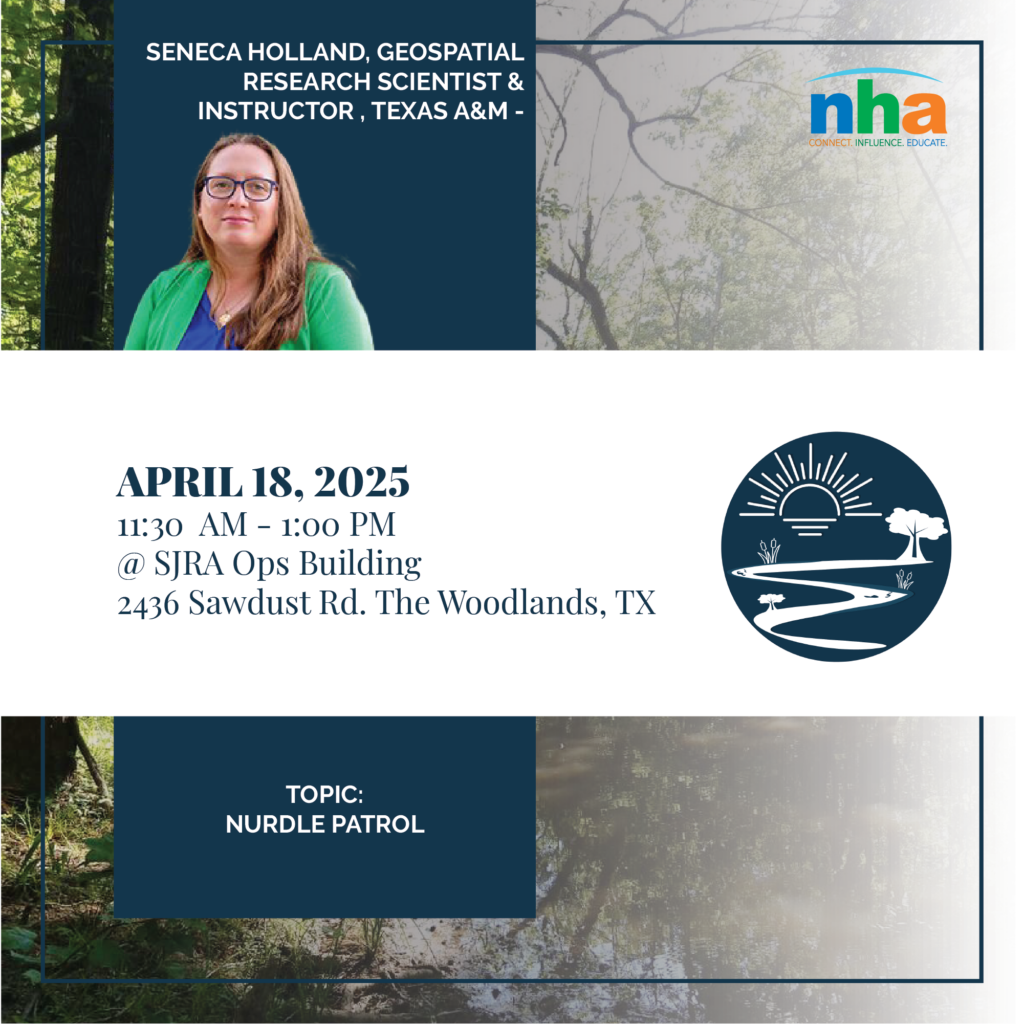The North Houston Association’s July Quarterly Membership Luncheon accomplished much more than expected. Its purpose was to educate the audience on north Houston’s water supply issue; its outcome was community-wide awareness of this critical topic. All of the large community newspapers, as well as the Houston Chronicle, ran stories not just about the luncheon, but about the water supply issue and the community’s options. At the event, Joe Wozny, WSBC Civil Engineers, provided an overview of the issue. He noted the existing sources of groundwater for north Houston are the Chicot and Evangeline Aquifers, and currently, the sole source of surface water is the city of Houston.
According to Wozny, groundwater levels have been declining for some time, and the water flows at a very slow rate of 60 feet per year. Wozny also outlined deficiencies in the area’s existing sources of water: subsidence, depletion (“mining” of aquifers), poor water quality and inadequate supply of water during drought. He also highlighted the fact that as an area, north Houston is pumping water out of the ground from two to 20 times fester than nature is able to recharge the aquifers. The current local decline rate is one to 10 feet per year; the average recharge rate is only six inches per year. In addition, the water level is expected to decrease as much as 250 feel in some area subdivisions along FM I960. A number of options were presented at the luncheon, including conservation. recycling, local surface water. inter-basin transfer and seawater desalinization.
Water is needed to sustain housing and economic growth as well as to retain and improve the home market value. A large number of businesses in the area, including Compaq Computer Corporation and Reliant Energy, are dependent on water to continue conducting their daily business activities. State and local government has responded to the need for new water supply in two primary ways. Ron Neighbors, executive director of the Harris-Galveston Coastal Subsidence District, spoke on the recently-approved District Regulatory Plan 1999, that addresses the issue. In its plan, the District redefined the goals for conversion to surface water. This revised plan divides the District into three areas which must comply with surface water conversion mandates. All groundwater users in “Area Three” (essentially the north Houston region) arc required to satisfy particular regulatory requirements in accordance with the District’s schedule or be subject to a disincentive fee. NHA representatives testified in support of the guidelines contained in this plan at a public meeting this summer.
Also, in the recent Texas legislative session. House Bill 2965 was passed. Senator Jon Lindsay discussed this bill, which provides the framework to build out the necessary infrastructure to meet the Subsidence District’s surface water conversion mandate while ensuring a long-term supply of water for both businesses and residents. The bill provides that a regional water authority to be known as the North Harris County Regional Water Authority is created, subject to a confirmation election. The territory of the authority is comprised of the following state representative districts: Representatives Crabb, Hamric. Culberson, Elkins and Hilbert. The cities of Houston and Humble arc excluded from the authority.
HB 2965 also establishes live single-member districts with a temporary board appointed by the Texas Natural Resource Conservation Commission (TNRCC). The board is responsible for drawing the single-member district boundaries and calling the election of the initial permanent directors as well as the confirmation election on January 15,2000. The three temporary board members arc Ray Laughter, associate vice chancellor at the North Harris Montgomery Community College District (NHMCCD), Cooper Slay and Mary Jay Sizenbach. The North Houston Association’s Environment Committee continues to monitor this regional issue, and will keep members updated on its progress.



